A Decline in Nigeria’s Share of Global Oil Palm Production
For most key crops (such as cotton, groundnut, and oil palm), Nigeria’s share of global production has remained low since the 1960s. Particularly for Crude Palm Oil (CPO), the country’s share of global oil palm production has declined significantly from 42.79% in 1966 to a mere 1.77% in 2021. Oil palm production growth in Nigeria has become weak due to several factors which include inadequate farm holdings stemming from the land tenure system, poor infrastructure, insufficient finance, poor access to fertilizer, and low crop yields, as smallholder farmers account for 80% of total oil palm production. The Nigerian oil palm industry is also faced with the challenge of smuggling activities (invasion of cheaper imports).
So far, production volumes have increased slightly by a CAGR of 3.15% from 730,000 tonnes recorded in 2000 to 1.40mn tonnes in 2021. Policy initiatives by CBN and FGN contributed to the improvement in production volumes. Some of these interventions include the Oil Palm Transformation Agenda under the umbrella of the Agricultural Transformation Agenda, Commercial Agriculture Credit Scheme (CACS), National Food Security Programme (NFSP), Agribusiness Small and Medium Enterprises Investment Scheme (AGSMEIS), and Presidential Fertilizer Initiative (PFI). In 2020, CBN granted interest rate reduction (to 5%) on its loans to agricultural companies (oil palm players inclusive), in a bid to ameliorate the impact of the COVID 19 pandemic on businesses.
Private companies have also started developing new estates with early and high yielding oil palm seedlings varieties. As of May 2021, Fayus Inc. which is one of the new oil palm investors in Edo state, invested USD100mn alongside other investors under the Edo State Oil Palm Program (ESOPP) to boost oil palm productivity over the next five years. So far, in 2022, about USD500mn have been invested in the oil palm sector under the ESOPP in Edo State.
The Compounding Factors for Higher CPO Prices
Although Nigeria’s oil palm production volumes have been slowly increasing, supply has constantly fallen short of demand over the years; resulting in higher CPO prices. Nigeria remains the largest consumer of oil palm in Africa, consuming 1.77mn tonnes in 2021. Thus, this supply deficit is largely filled by imports from Indonesia, Malaysia, Ghana and Cote d’Ivoire. Also, significant quantities of unrecorded oil palm are smuggled into the Nigerian market via its borders to evade the 35% import levy imposed on oil palm imports. Meanwhile, over the past two years, some of these key producing countries across the globe have been faced with production challenges while others implemented export bans or restrictions on their domestic supplies. This has further tightened global availability and added additional upward pressure on CPO prices.
The global rally in Crude Palm Oil prices began in June 2020 on the back of supply disruptions in key producing regions- Indonesia and Malaysia. The lockdown restrictions imposed across the globe to curb the spread of COVID-19 resulted in a reduction of foreign labor which constitutes c.15% of Malaysian’s labor force – affecting production volumes of CPO (17.85mn tonnes in 2020 vs 19.25mn tonnes in 2019).
In December 2020, Indonesia revised its export levy upwards to USD255 per tonne (from the initial USD55 per tonne) in a bid to encourage domestic palm oil consumption. By implication, the CPO inventory available for exports declined to c.34mn tonnes from c.37mn tonnes in 2019. The reduction in oil palm exports from these key producing countries, alongside the closure of the land borders by the Nigerian Government (between the August 2019 - December 2020) provided local players with the latitude to increase product prices. Domestic manufacturers like OKOMUOIL reviewed its CPO prices upwards by c.22% in 2020. The surge in global CPO prices (and consequently local oil palm prices) persisted in year 2021 despite Indonesia revising its export levy downwards to USD175 per tonne, and Malaysia reopening its borders to foreigners. CPO prices rose to 10-year high of USD1,008.90 per metric tonne in 2021 (vs USD631.41 per metric tonne in 2020), largely due to the unresolved labour crunch in Malaysia, high fertilizer costs and unfavourable weather conditions in the top CPO producing countries.
The ongoing Russia-Ukraine crisis has triggered uncertainties about future supplies of alternative edible oils (sunflower oil and rapeseed oil), as both countries collectively account for c.57% and c.8% of global sunflower and rapeseed oil production respectively. With the anticipated lower supply levels of these alternative oils, consumers switched to oil palm instead – further pressuring CPO prices higher. Also, in April 2022, Indonesia effectively stopped the exports of Crude Palm Oil to ensure adequate supply of oil palm in its domestic market. These factors collectively exacerbated global supply shortfalls. As a result, oil palm prices soared by 58.25%YoY to USD1,525.11 per tonne in April 2022. Consequently, domestic oil palm millers benefitted from this price surge as oil palm imports became relatively expensive. This reflected in the financial scorecard of the two listed players (OKOMUOIL and PRESCO) as revenue and earnings soared to record highs (Revenue for OKOMUOIL: NGN20.49bn vs NGN12.55bn in Q1:2021; Revenue for PRESCO: NGN19.61bn vs NGN7.93bn in Q1:2021). These impressive figures have buoyed investors’ sentiment as the prices of these stocks rallied in the first five months of the year, peaking at NGN215.00 and NGN162.00 as of 30th May 2022 (from NGN142.00 and NGN87.80 at the start of the year for OKOMUOIL and PRESCO, respectively).
Outlook
For the rest of year 2022, a moderation is expected on CPO prices. On the global front, effective from May 23rd this year, the Indonesian Government lifted the export ban on Crude Palm Oil. Accordingly, this should result in an increased availability of CPO inventory in the global market. Thus, easing the pressure on palm oil prices going forward, as the country contributes more than half of global oil palm production. In the domestic industry, we expect increased inventory levels of oil palm in the second half of the year (the typical harvest season) to result in slower price increase. Likewise, we expect sustained initiatives and investments in the oil palm industry to bolster production volumes. Based on the aforementioned factors, we anticipate a moderation in prices of CPO. Nonetheless, oil palm millers are expected to record significant increases in profitability levels owing to a better pricing environment and robust local demand of CPO compared to 2021.
 Lagos, NG • GMT +1
Lagos, NG • GMT +1











 1230 views
1230 views


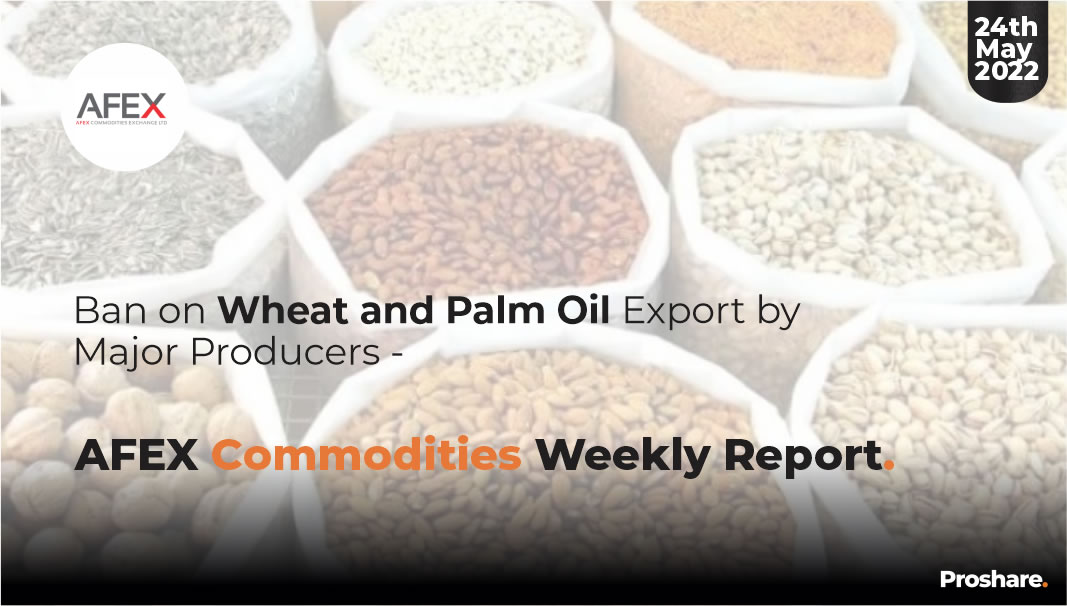
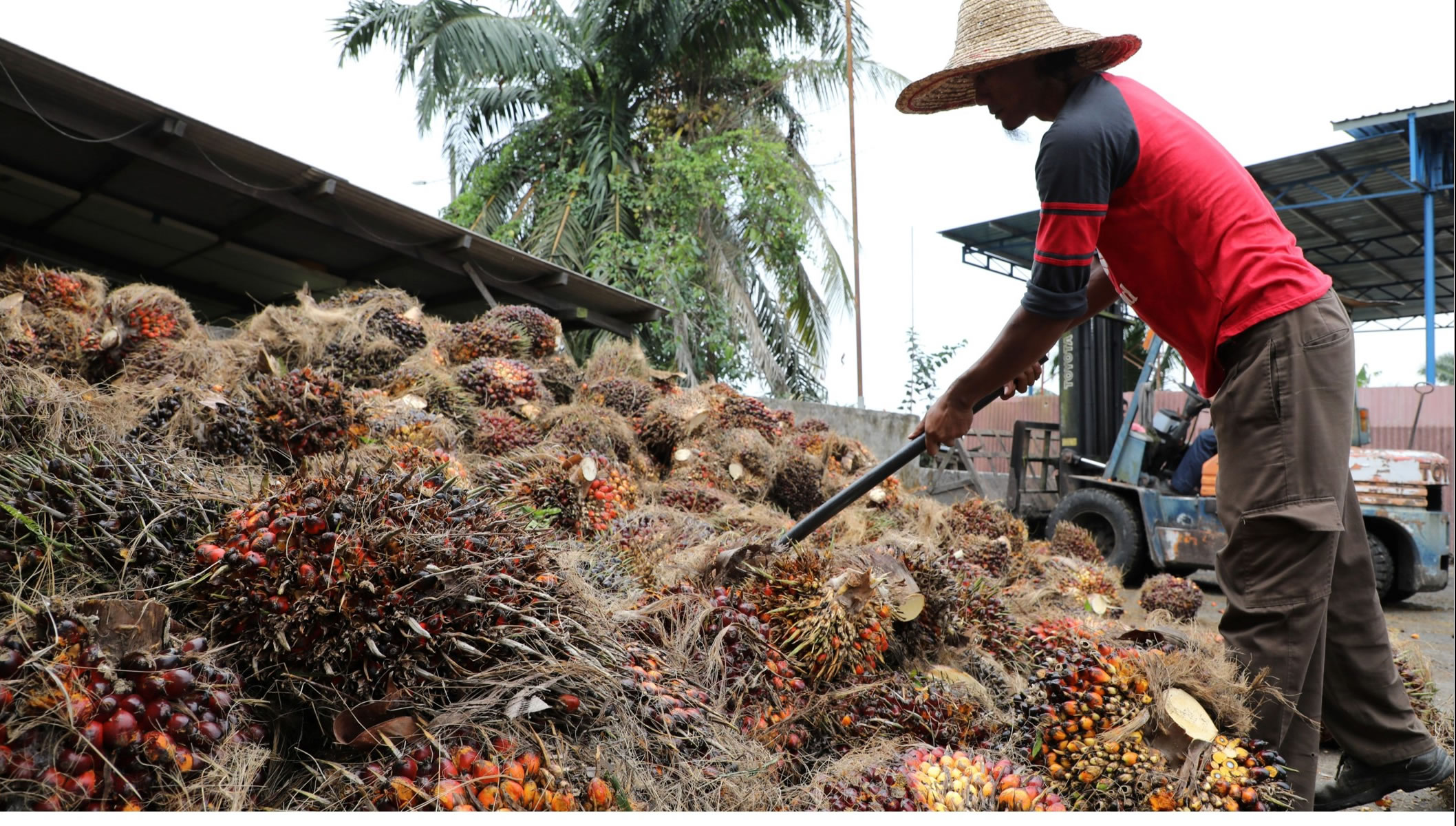
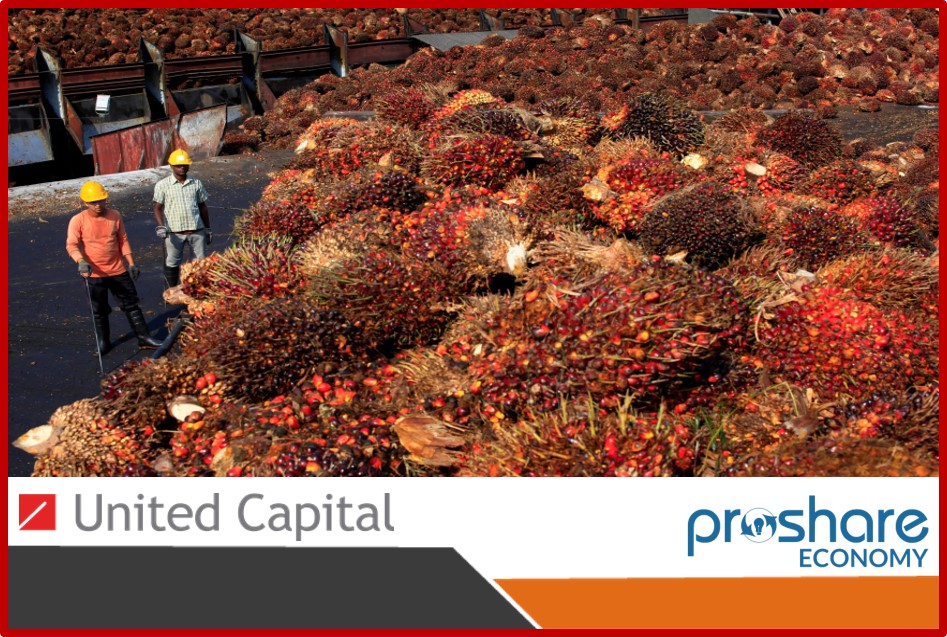
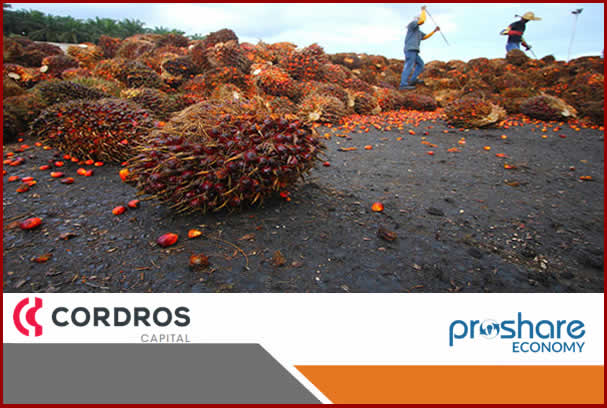
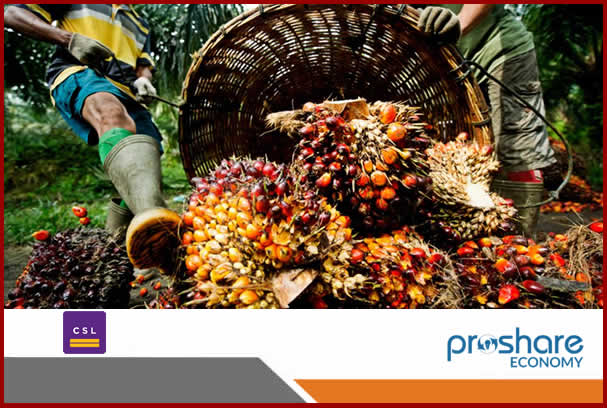
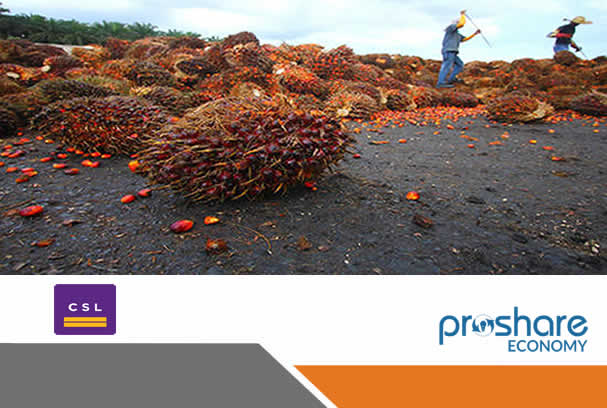
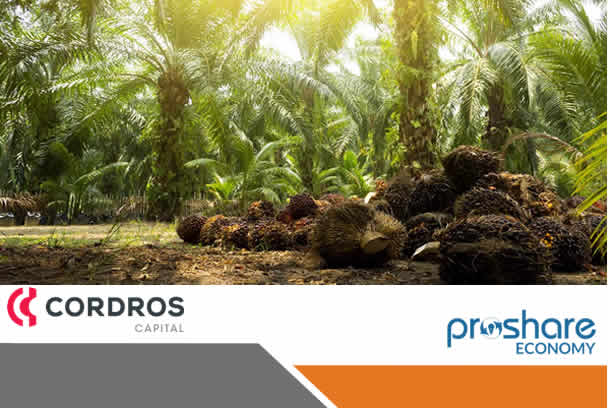
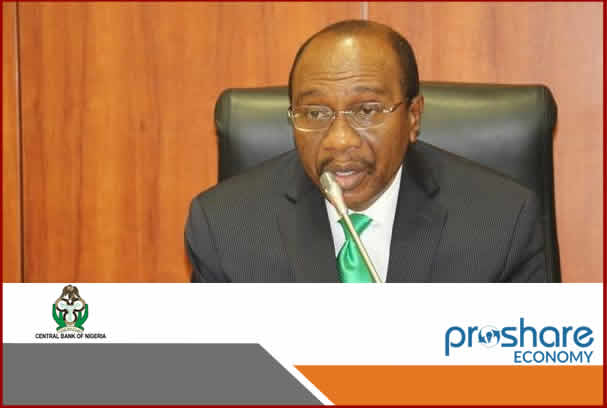
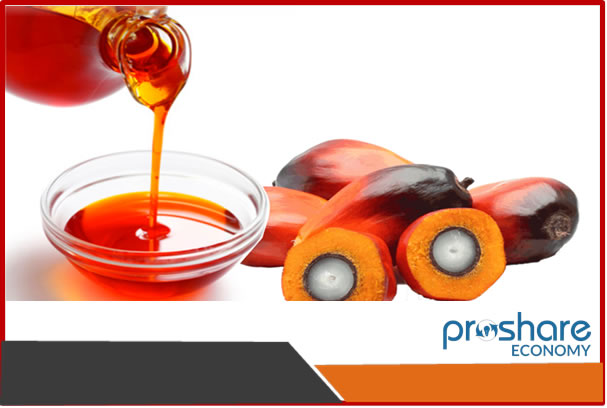





 Sponsored Ad
Sponsored Ad
 Advertise with Us
Advertise with Us









